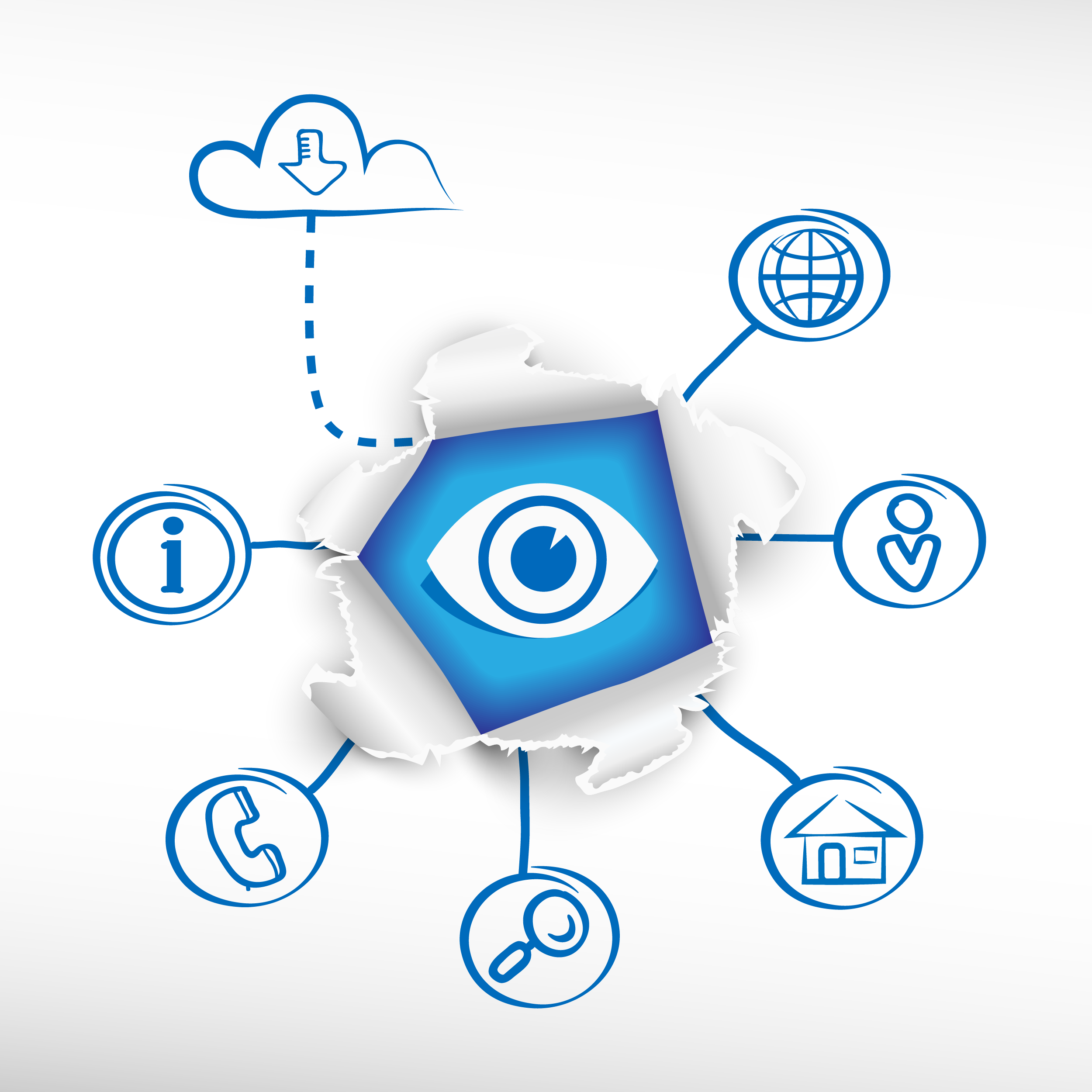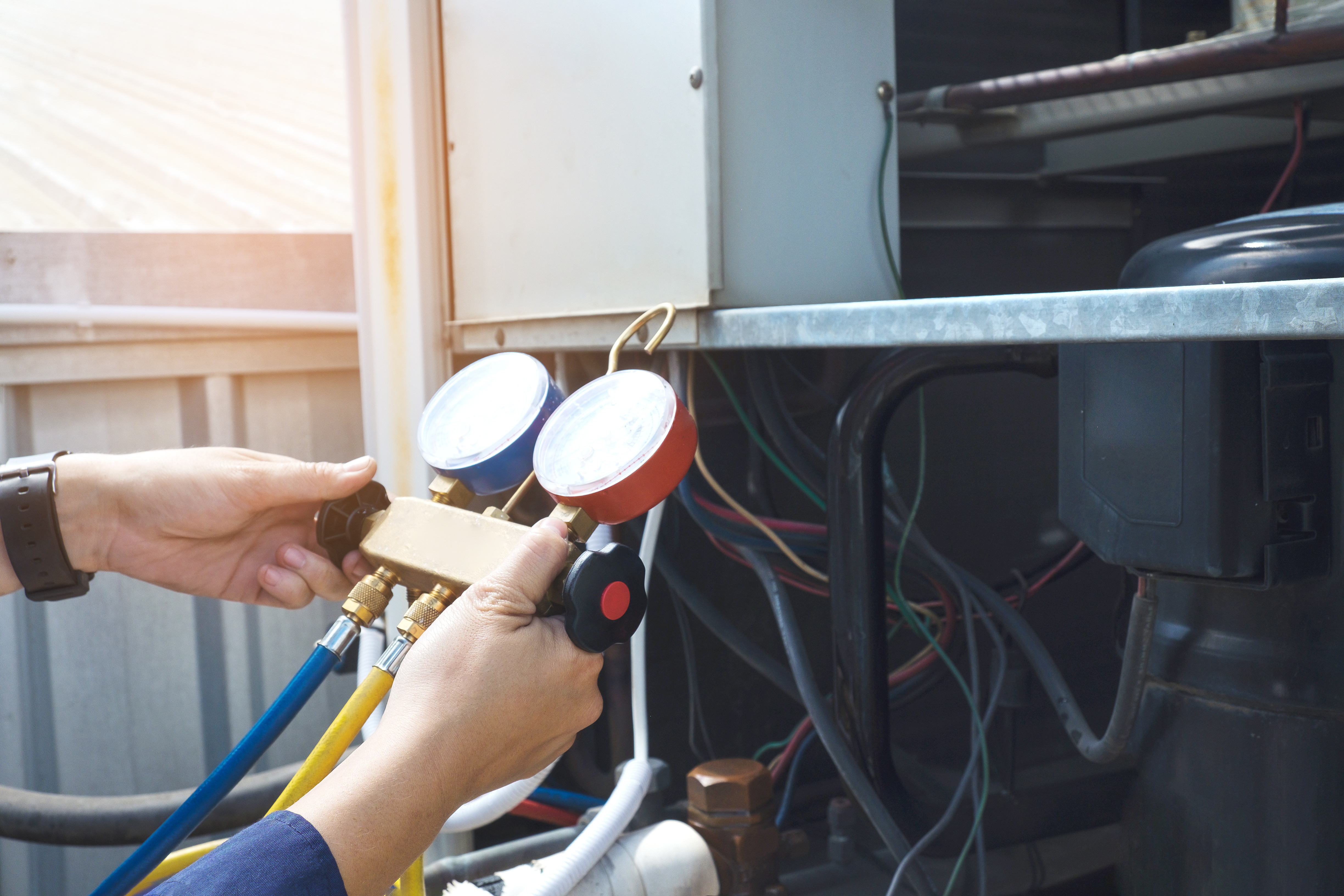Restaurants fit into the commercial sector that accounts for 8.9% of the nation’s energy consumption. Energy Star found they consume 2.5 times the amount of every other commercial sector PER SQUARE FOOT! That’s awatt (haha I had to) of energy, and with energy prices only rising, the monthly utility cost for restaurants is exponential. Future Market Insights says that the energy management industry will soar to 21.6 million by 2025, that’s a drastic change from the 6.3 million that it’s valued at now. That’s because restaurants are not the only ones switching to EMS systems, residential, commercial and even entire cities are switching to more energy sustainable solutions. Because of the large market and overwhelming amounts of information, we put together some key things to look for when considering a building automation system or energy management solution.
1. What are you trying to alter?
This is something that most people would say is a no brainer…but when it comes down to it are you just trying to cut energy or are you looking for an all in one building automation system? It’s important to know exactly what you aim to do with your energy efficiency project and how you plan to measure its success.


2. Visibility
Don’t settle for less in this area. You don’t want to pay for something that tells you exactly what your standard thermostat tells you. Historical data and trend graphs can make all the difference in how you manage your locations. Don’t settle for knowing the current temperature and what the temperature will change to in 3 hours, know the last time the temperature was changed, how much it was changed by and how it is currently affecting that A/C unit. Document your pain points right now when it comes to what you wish you had in an energy management system and this will help identify and disqualify potential candidates.
3. Support
Having tons of data collected for you is useless if you cannot understand or do not have the time to decipher it. Choose an option that has dedicated people to help when you are in need. Whether it is identifying trends in data or following up to make sure your staff reacted appropriately to an alarm, make sure you get the support you are actually paying for.
4. Modular
Look for a platform that gives you visibility into the areas you are concerned with but don’t limit yourself to what you want right now. We all know too well that the needs of any business are ever changing and right now you may just want energy management…but what happens when corporate wants to incorporate food safety standard that needs to be electronic? More training and possibly different software and whole new system to learn.

5. Identify existing issues with equipment that affects what you are trying to control
You can’t fix energy consumption related to your HVAC if one of your 4 units is down and making the other 3 work harder resulting in more energy consumption and depleting existing equipment life. Making sure your units are in good working order is half the battle and will not seem like such a surprise when an outside company cannot install their energy equipment because the units aren’t even functional.
6. Ease of use
Get something that is user-friendly. The last thing you want is to have to train your whole staff on a new piece of software/hardware that is not easily navigable and not intuitive. Let’s not forget you will have to use this too 😁

All in all, make sure you chose something that will fit your business not the other way around. There are several options out there for a energy management solution that is coupled with other areas you might want to venture into at a later time. Seamless is the key, easy training, easy transition, easy money!
